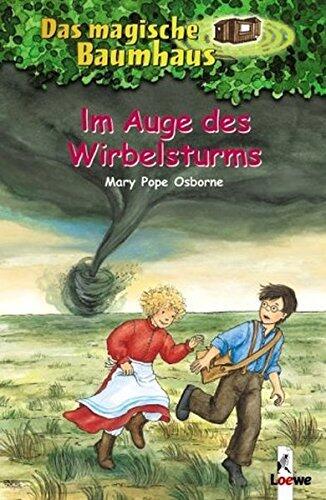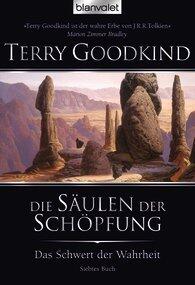
Meereslust: Das Abendland und die Entdeckung der Küste 1750-1840
Language: German
Format: Hardcover
ISBN 10: 3803135524
ISBN 13: 9783803135520
Publication date:
January 1st, 1995
Publisher: Klaus Wagenbach
Pages: 413
Genres: Romance, Science & Technology, History, Horror, Art & Photography
In the 18th and early 19th centuries, the perception of the sea began to transform dramatically, shifting from a realm of fear and superstition to one of romance and exploration. This period marked a significant cultural and intellectual awakening as the Western world turned its gaze toward the coastlines that had once inspired dread. The changing relationship with the sea led to vibrant artistic expressions, as writers, poets, and painters captured its allure and mystery.
This new fascination with the coast also coincided with advancements in navigation and maritime technology, opening up the oceans to explorers who sought to chart uncharted territories. The beaches, cliffs, and waves became symbols of freedom and discovery, inspiring a generation to set sail and embrace the unknown. The stories of these journeys were not just about the landscapes, but also about the transformative experiences of those who ventured into the deep.
As society began to celebrate the beauty and complexity of coastal life, artistic movements flourished, underpinned by romantic notions of nature and adventure. The narratives that arose during this time were infused with dialogue about humanity's place within the natural world, contrasting with the earlier, darker interpretations of maritime existence. This artistic shift showcased the sea as a source of inspiration and a reflection of human emotions.
Through this transformative period, the sea became a tapestry woven with tales of resilience, beauty, and connection. It revealed the contradictory nature of human experience—how something once feared could evolve into a canvas for the imagination. As the Western world embraced this evolution, the coastal landscapes were forever changed, heralding a new era of exploration and appreciation for the watery expanses that had long been shrouded in mystery.
This new fascination with the coast also coincided with advancements in navigation and maritime technology, opening up the oceans to explorers who sought to chart uncharted territories. The beaches, cliffs, and waves became symbols of freedom and discovery, inspiring a generation to set sail and embrace the unknown. The stories of these journeys were not just about the landscapes, but also about the transformative experiences of those who ventured into the deep.
As society began to celebrate the beauty and complexity of coastal life, artistic movements flourished, underpinned by romantic notions of nature and adventure. The narratives that arose during this time were infused with dialogue about humanity's place within the natural world, contrasting with the earlier, darker interpretations of maritime existence. This artistic shift showcased the sea as a source of inspiration and a reflection of human emotions.
Through this transformative period, the sea became a tapestry woven with tales of resilience, beauty, and connection. It revealed the contradictory nature of human experience—how something once feared could evolve into a canvas for the imagination. As the Western world embraced this evolution, the coastal landscapes were forever changed, heralding a new era of exploration and appreciation for the watery expanses that had long been shrouded in mystery.











